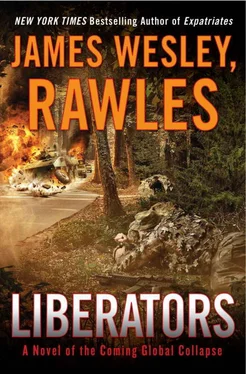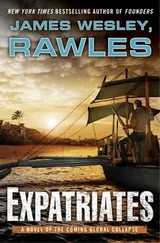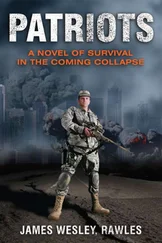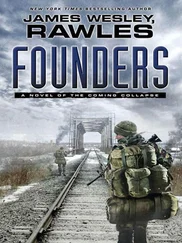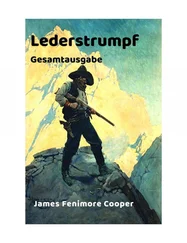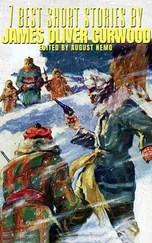If he is secure at all points, be prepared for him. If he is superior in strength, evade him. If your opponent is of choleric temper, seek to irritate him. Pretend to be weak, that he may grow arrogant.
If he is inactive, give him no rest. If his forces are united, separate them. Attack him where he is unprepared, appear where you are not expected. These military devices, leading to victory, must not be divulged beforehand.
—Sun Tzu,
The Art of War (Translation by Lionel Giles, 1910)
Prince Albert, British Columbia—November, the Eleventh Year
On November 26, a backpack containing twelve of the Project Jordan Pogo Sticks was captured by a Chinese patrol, following an ambush near Prince Albert. All of the guerrillas were killed, so the PLA had nobody to question about these strange devices. The local PLA commander recognized that they were unusual and suspected that they might be some sort of hand-emplaced sensor, so he ordered that they be sent to the Third Department intelligence section regional headquarters in Regina. “Passing the buck,” the Third Department officer rightly claimed that their specialty was signals intelligence rather than technical (materiel) intelligence, so on November 28 they were forwarded to the PLA technical intelligence section in Vancouver. They arrived by train on December 3. One of the sticks was sawed open. The overseeing office recognized the dark gray powder that poured out as either an explosive or an incendiary, so he had his subordinate fetch a representative from the Explosive Ordnance Disposal (EOD) office at the same garrison. On December 4, two of their EOD bomb technicians completely disassembled one of the Pogo Sticks and took detailed photographs, which were relayed via their satellite communications to Beijing.
On December 6, the Technical Intelligence Directorate ordered that the dark gray powder first be tested to determine if it was gunpowder, a high explosive, or thermite. The first test, wherein a fully suited EOD tech exposed a few grams of the powder to the intense heat of a burning piece of magnesium ribbon, confirmed the suspicion that the powder was thermite. A preliminary report was written and forwarded to Beijing.
On December 9, the Technical Intelligence Directorate ordered four of the Pogo Sticks be packaged with extreme caution, heavily padded, and transported to the Technical Intelligence section building north of Shanghai, as soon as possible. The evening of December 10, all ten remaining intact Pogo Sticks were individually and tightly wrapped in bubble pack, and four of them were further packaged in a double box and put on a Y-20 long-range transport plane bound for Shanghai.
On the evening of December 12, the box of Pogo Sticks arrived at the Technical Intelligence section in China. The following morning (December 13 in China and December 12 in Canada), the box of Pogo Sticks sat on a loading dock under armed guard. An argument then ensued between two PLA officers, who both held the rank of major—one of them in Technical Intelligence and the other in Engineering—in charge of an EOD unit. They were bickering about how and where the mysterious cylinders should be unpackaged and who should be in charge. They were still arguing when the box burst into flames, and a searing, white-hot stream of burning thermite poured out of one end of the box.
Then the real shouting began.
Victory has a hundred fathers, but no one wants to recognize defeat as his own.
—Galeazzo Ciano
Occupied Western Canada—December 12, the Eleventh Year
At 12:12 P.M. Saskatchewan time (10:12 A.M. in British Columbia) every Pogo Stick with a depressed cap sleeve ignited simultaneously.
Because knowledge of Project Jordan was on a strict “need to know” basis, the mass immolation was as much of a surprise to most of the resistance as it was to the Chinese. Even those who were supplied the incendiaries were not told the exact date that they would be activated—only that they needed to be emplaced “before the first week of December.”
There were unfortunate incidents where the Pogo Sticks started fires in unintended places. In one instance a few Chinese gas cans had been pilfered by a resistance unit. These burned down a generator shed and destroyed a pickup truck. In another, a generous Chinese supply sergeant had given some cans of diesel to the headman of an off-hydro tribal village in the Yukon Territory. There, a generator house was completely destroyed.
Even in other places where Chinese vehicles were destroyed, there was collateral damage: a wooden bridge, dozens of civilian buildings and vehicles, and two wooden docks. There were more than 150 Chinese casualties, but no reported civilian deaths.
A few Pogo Sticks had also had their springs removed and surreptitiously hidden under flexible fuel blivets. Huge fires burned out of control at many Chinese fuel depots. Because they had all started simultaneously, the fires overwhelmed the ability of PLA soldiers and the few trained firefighters to respond. Hundreds of buildings burned while motor pools and marshaling yards became infernos. There were also dozens of railroad locomotives and railcars set ablaze, since the Chinese frequently used auxiliary heaters that were kept refueled with twenty-liter cans. This was particularly true with the rolling stock that the Chinese had brought to Canada. (The ubiquitous Manchurian Heaters were used in railcars and in large tents to stave off the cold. They were also used as ration-warming tray heaters for field messes. Now, nearly half of the Manchurian Heaters had fuel cans that had burst into flames.)
There was never an exact count of the number of ground vehicles, aircraft, and generator trailers damaged or destroyed, but it was at least five thousand. Nor were there details on the amount of fuel or the number of buildings destroyed, but it was certainly devastating. And with the winter solstice just ten days away in the Northern Hemisphere, the incendiary attacks came at a very advantageous time. The PLA forces in Canada were largely immobilized. Exploiting the dire position of their opponents, the NLR went on the offensive. They attacked wherever and whenever possible, all through the winter, pressing their advantage. With the loss of the majority of their armored vehicles, the PLA commanders drastically scaled back their operations. At the strategic level, PLA planners started looking for a quick exit strategy for their campaign in Canada.
Occupied Western Canada—Late April, the Twelfth Year
The Xinhua news service announced a “cease-fire and troop withdrawal,” on April 25. Its carefully worded statement, which did not include the word surrender, announced that all Chinese UN forces would be withdrawn from Canada on or before August 20. (Sooner, if additional UN transport was provided.) Under the “Completion of UN Humanitarian Mission and Cease-fire Agreement,” the Chinese troops would not be allowed to bring any weapons with them, and the only vehicles that they could take with them were ambulances.
If every Jewish and anti-Nazi family in Germany had owned a Mauser rifle and twenty rounds of ammunition and the will to use it, Adolf Hitler would be a little-known footnote to the history of the Weimar Republic.
—Aaron Zelman, cofounder of Jews for the Preservation of Firearms Ownership
Porthill Border Crossing Station, Idaho—Twenty-two Years After the Crunch
Phil and Malorie Adams pulled up to the border checkpoint with their pickup’s radio playing an oldie by the Mumford & Sons. They had enjoyed a pleasant drive down from their ranch near Kamloops.
Читать дальше
